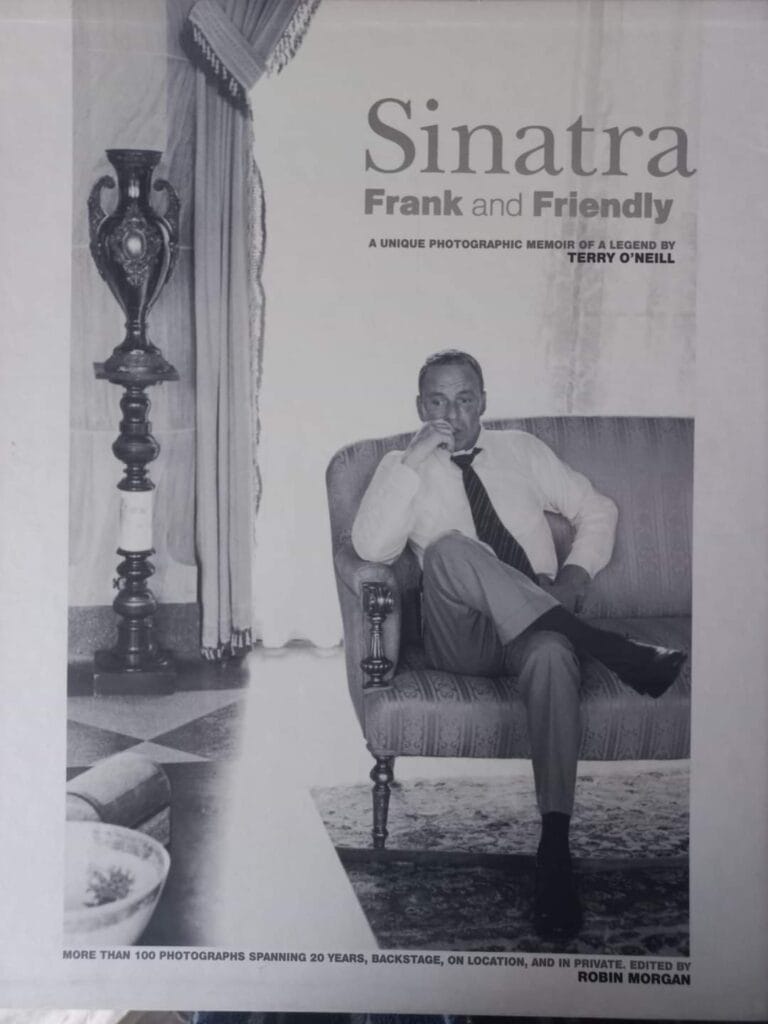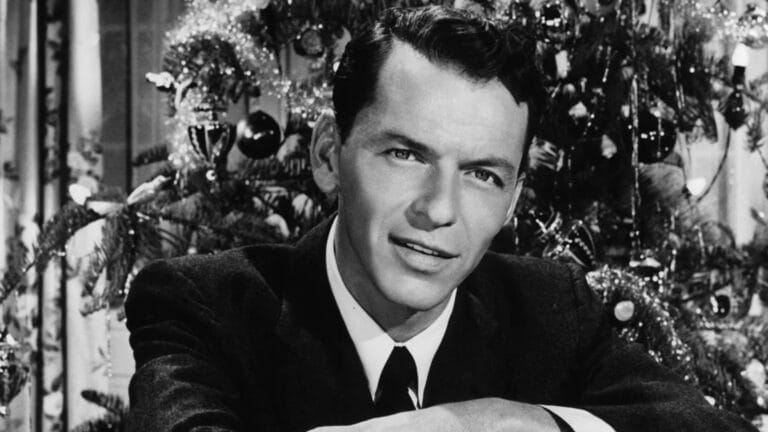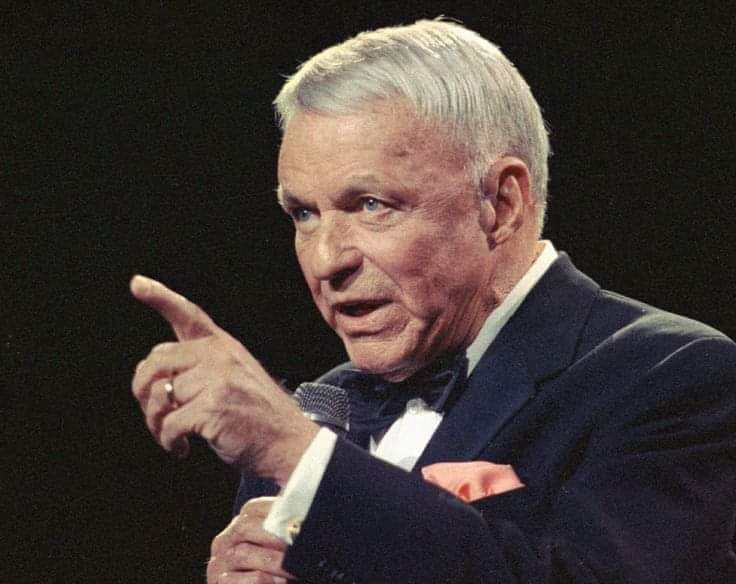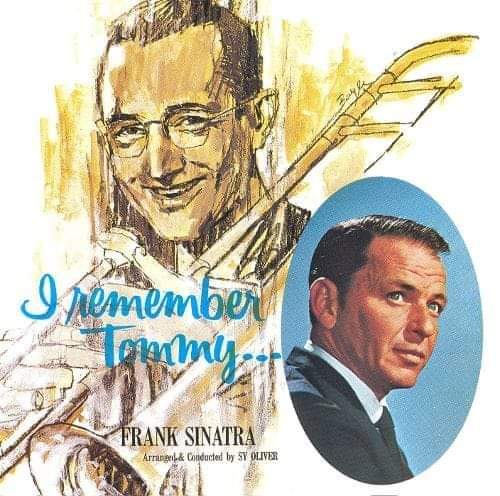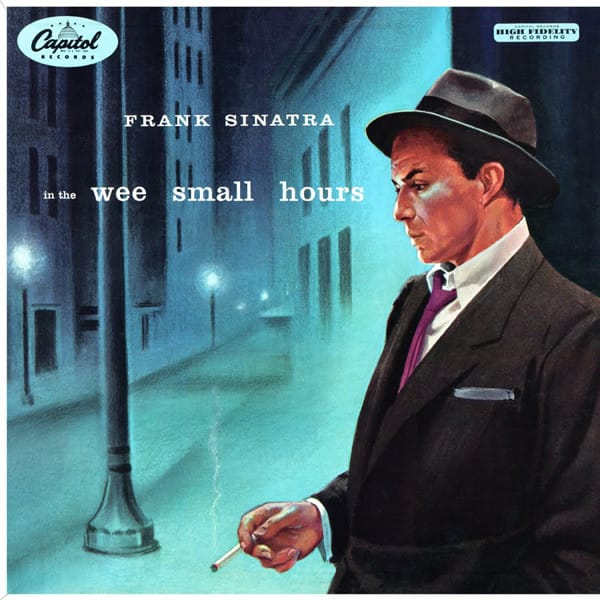
“In the Wee Small Hours”: 70 Years of a Masterpiece – Chapter 1
Frank Sinatra “In the Wee Small Hours”…. How can a man endure the brutal paradox of living his sweetest professional moment while consuming himself in the furnace of a personal hell?
For Frank Sinatra, music literally saved his life. He poured his agony into the grooves of In the Wee Small Hours, a masterpiece that many consider his finest work, whose beauty and depth continue to move listeners seventy years later.
Background
After a tumultuous courtship marked by constant arguments, Frank Sinatra and Ava Gardner married in November 1951. But those were not happy days. Sinatra bore the painful burden of his divorce from Nancy, the mother of his children; his career was in decline due to changes in popular music, he had a terrible relationship with the press, and worst of all, he was allegedly linked to the mafia.
After Columbia Records chose not to renew his contract in December 1952, no other label showed interest in signing him. The days of frenzied teenage fans and sold-out shows seemed long gone.
Just when it seemed impossible to sink further, luck began to smile on him. Within months, he secured a new manager, landed the role of the endearing soldier Angelo Maggio in From Here to Eternity—which would earn him an Oscar—and signed a contract with Capitol Records, where he would record some of the greatest albums in history.
To the public, Frank Sinatra was a triumphant figure who had risen from the ashes. But behind the scenes, his marriage crumbled in October 1953, consumed by jealousy and the clash of two uncontrollable temperaments. For Frank, it was a devastating experience, leading to two suicide attempts.
This overwhelming emotional rollercoaster gave birth to the haunting saloon albums, collections of heartbreak anthems where the artist laid bare his aching heart in the dim glow of a bar and the warmth of a whiskey glass. The first of this series was In the Wee Small Hours, a cornerstone in the evolution of concept albums, where the songs form a single, cohesive story.
Production and Recording
Fifteen of the album’s sixteen songs were recorded at Capitol’s KHJ Studios in Hollywood between February 8 and March 4, 1955, following this schedule:
February 8: “Dancing on the Ceiling,” “Can’t We Be Friends,” “Glad to Be Unhappy,” “I’ll Be Around.”
February 16: “What Is This Thing Called Love,” “Ill Wind,” “I See Your Face Before Me,” “Mood Indigo.”
February 17: “When Your Lover Has Gone,” “This Love of Mine,” “I Get Along Without You Very Well,” “In the Wee Small Hours of the Morning.”
March 4: “It Never Entered My Mind,” “Deep in a Dream,” “I’ll Never Be the Same.”
The sixteenth song, Last Night When We Were Young, was recorded at the same studio on March 1, 1954, during the same session that produced Three Coins in the Fountain. At the time, there were no plans to create this album, but the song fits seamlessly into its overarching theme.
All the music was orchestrated by Nelson Riddle (1921–1985) and produced by Voyle Gilmore (1912–1979).
Article written by Mahnuel Muñoz (Al Mal Tiempo, Frank Sinatra Blog) https://www.facebook.com/profile.php?id=61574582459302
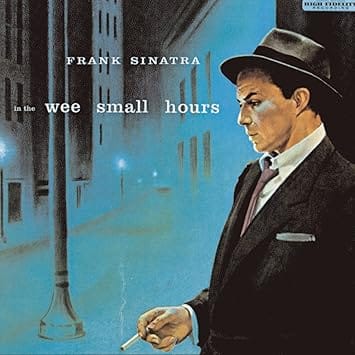
If you want to visit more articles about the life of Frank Sinatra enter the following Sinatra Radio 24h link: https://sinatraradio24h.com/category/articles/
We remind you that you can also listen to Sinatra Radio 24 hours on your mobile phone by downloading our free applications for Android in the Play Store https://play.google.com/store/apps/details?id=sinatra.radio24h for iPhone in the Apple Store https://apps.apple.com/app/sinatra-radio-24h/id6599859344

